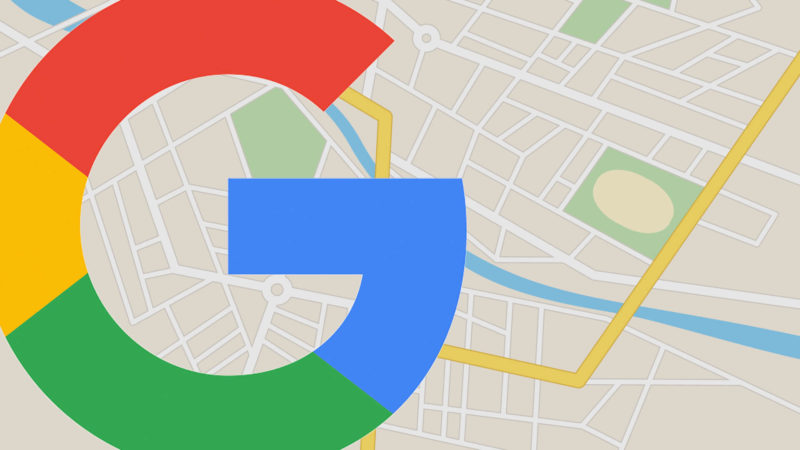
An investigation from RankRanger’s Mordy Oberstein identifies a distance and clustering pattern in Google’s local algorithm that the author says is consistent regardless of user location. In other words, it appears whether the user is searching from a nearby location or remotely (e.g., resident vs. tourist).
The pattern shows two local results near one another, and then a third result at a greater distance within the initial local pack presentation. It’s consistent on the desktop and in mobile, although once the map is expanded or more results clicked, many more locations are shown.


The pattern held after many queries in many geographies in Oberstein’s research. I selectively tried to recreate it and was able to in numerous instances (see above). He contends this approach may serve the needs of the true local searcher, but not the remote searcher:
While Google’s 2:1 Local Pack clustering pattern is great for the person trying to get a bite down the street, does it really make sense for a prospective tourist from China who wants to see all that the Big Apple has to offer? Does it make sense for parents trying to find the best treatment for their child that the entire city has to offer?
Oberstein argues that Google should develop a less formulaic and more dynamic algorithm for the Local Pack that better reflects or captures the potential intent of the searcher (i.e., nearby vs. remote). That’s a reasonable recommendation, although I’m not exactly sure what’s at stake here.
Users can always expand the map or conduct follow-up queries as desired.
The post Research: Google local algorithm uses 2:1 clustering formula appeared first on Search Engine Land.
from SEO Rank Video Blog https://ift.tt/2JJ19Iy
via IFTTT
No comments:
Post a Comment